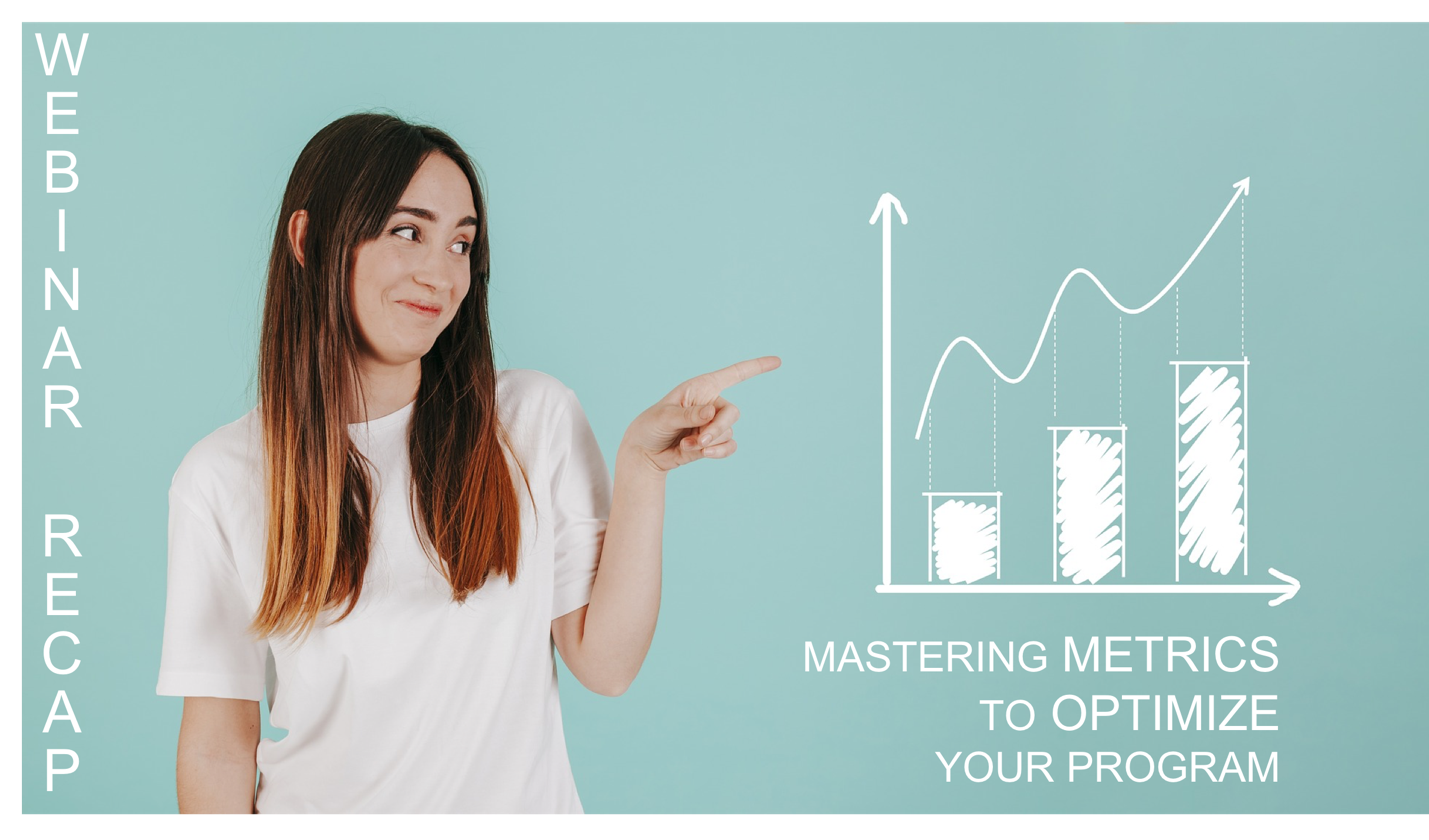Mastering Metrics to Optimize Your Program

Looking to optimize your direct marketing programs?
Start with the data. As Avalon VP of Analytics TJ Hillinger and Integral Principal Kevin Moran shared with their viewers during the DMAW webinar Data-Driven Fundraising: Mastering Metrics to Optimize Your Program:
“ The key to maximizing value and sustained growth is getting the right information to the right people at the right time. ”
And the key to getting all three to align perfectly? That’s where data-driven fundraising comes in.
Today’s leading organizations are leveraging their data to build new relationships, develop more dynamic segmentation strategies, and seeking new opportunities for growth. Here are the big insights from the webinar (in case you missed it), so you too can leverage your data to grow—and sustain—your donor file.
Which Metrics to Track
Before delving into the metrics available to you, remember that organizations manage what they measure. Hillinger and Morgan suggest following these steps:
- Define what productivity means to you and your organization or your client
- Make sure the metrics are thought out and action oriented
- Capture benchmarks and set sustainable goals
- Ensure there are processes in place to get the data you need
Here are some useful metrics to familiarize yourself with: Revenue (gross/net), Response Rates/Average Gifts, Net Per Donor, Retention, ROI (Return on Investment), Donor Value, Conversion Rates, Upgrading/ Downgrading, Investment Level Metrics, Matchback, Multi-channel views, Net LTV (DRR), Engagement (Retargeting), Sustainer Views and Pathway to Value Metrics.
Among these, two of the most vital KPIs are retention and donor value.
- Retention: the percentage of donors that return to give another gift in a specific timeframe. Webinar Tip: Measure retention of the new joins separately from multi-year members, in addition to calculating overall retention.
- Donor Value: the average subsequent giving per individual over time. This gives you a sense of the overall productivity of a program at the donor level—allowing comparison of many attributes such as join level, the channel or list used to reach your donor.
Once you know what metrics to calculate, consider which reports you should be running—quarterly, annually, by campaign, etc.
One final note… Always be skeptical! Look out for analytical bias and how your data is set up & reviewed and make sure your metrics are actually action oriented.
Want more information? Download the full presentation.

Kate Carr is Executive Vice President of Silver Marketing. She can be reached at kcarr@silvermarketing.com or 301.951.3505.
